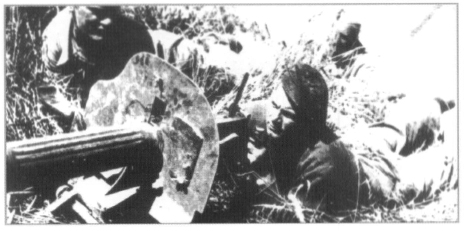
Bethune arrived in Madrid, the Spanish capital, just as it was being besieged by the rebels. Fighting was going on at the edges of the city and, every night, enemy bombers flew over, destroying buildings and killing civilians.
Very rapidly, Bethune saw what was needed. He remembered all the wounded soldiers who had died in the First World War because they could not have a blood transfusion fast enough. Blood transfusion had improved since 1915, but a wounded soldier still had to live long enough to get back to an aid station to receive blood. Bethune’s innovation was to take the Canadian Blood Transfusion Service right to the front lines so that the wounded could be helped as soon as possible after they were hurt. That way they would have a much better chance of surviving.

Republican soldiers were not as well-armed as their Fascist opponents.
In 1492, the same year that Christopher Columbus sailed for the New World, the blood of three young men was given to the aged Pope Innocent VII. The experiment was a failure, and the young men and the Pope all died. It was not until the early 19th century that James Blundell carried out the first successful human-to-human blood transfusion. But it was still a very chancy business until scientists discovered that blood is of four different types, A, B, AB and O. If the wrong type of blood is used, the transfusion doesn’t work.
The next discoveries were that adding sodium citrate to blood prevented it clotting and that adding sugar allowed it to be kept for up to three weeks. Bethune didn’t discover any of this; it was all well-known when he went to Spain. What he did was find a new way to apply what was known and, in doing so, he saved hundreds of lives.